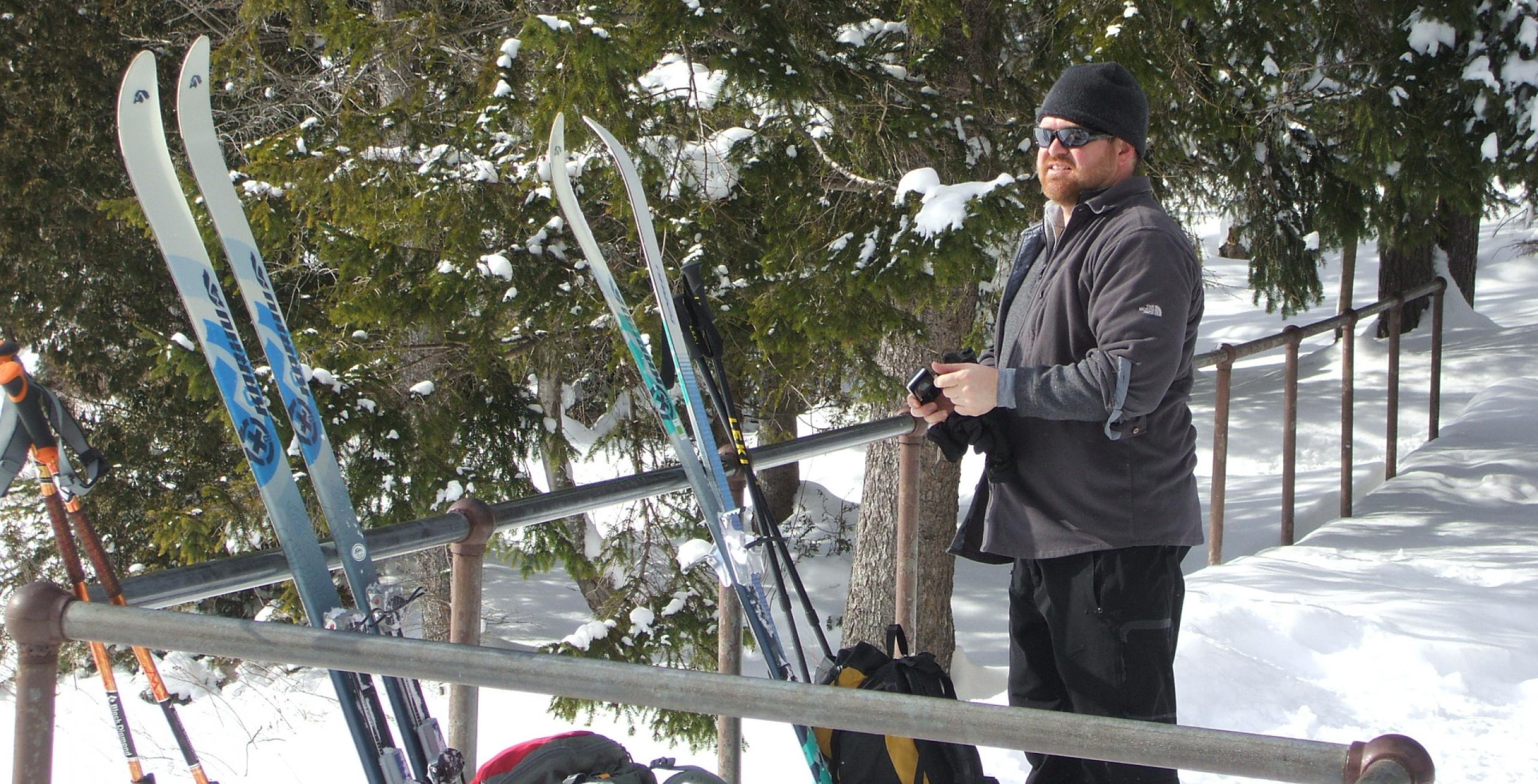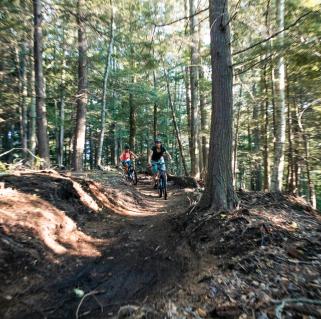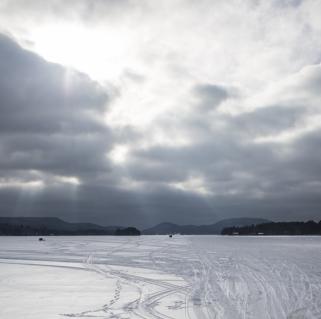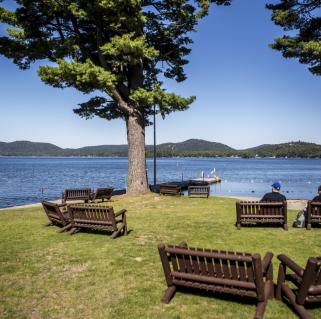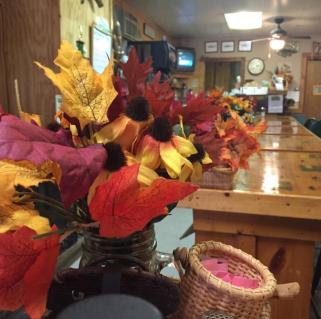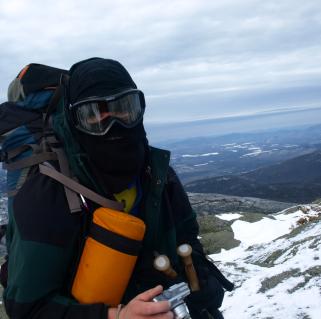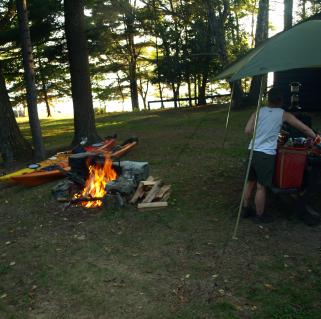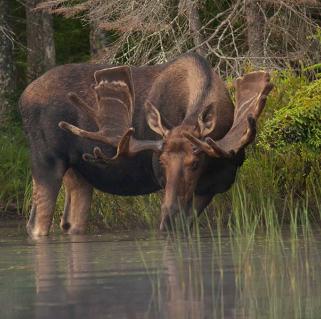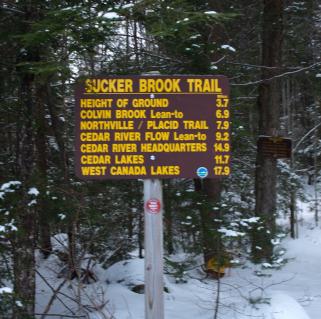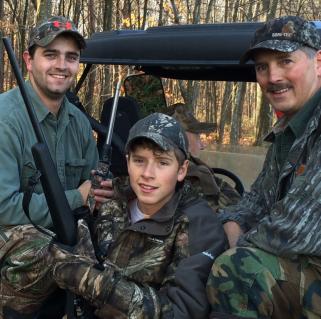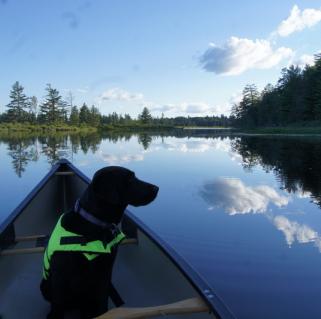Cross-country Skiing---Try something new this winter
Do you snowshoe, hike, snowmobile, ice fish or maybe you have some other winter passion but have never tried cross-country skiing? Maybe you want to start but don't know where or how? It's actually much easier than you may think, though there are a few key things you should consider when starting a new winter sport. The hardest part is actually making that jump into a new sport and realizing it isn't as expensive and hard as you might think.
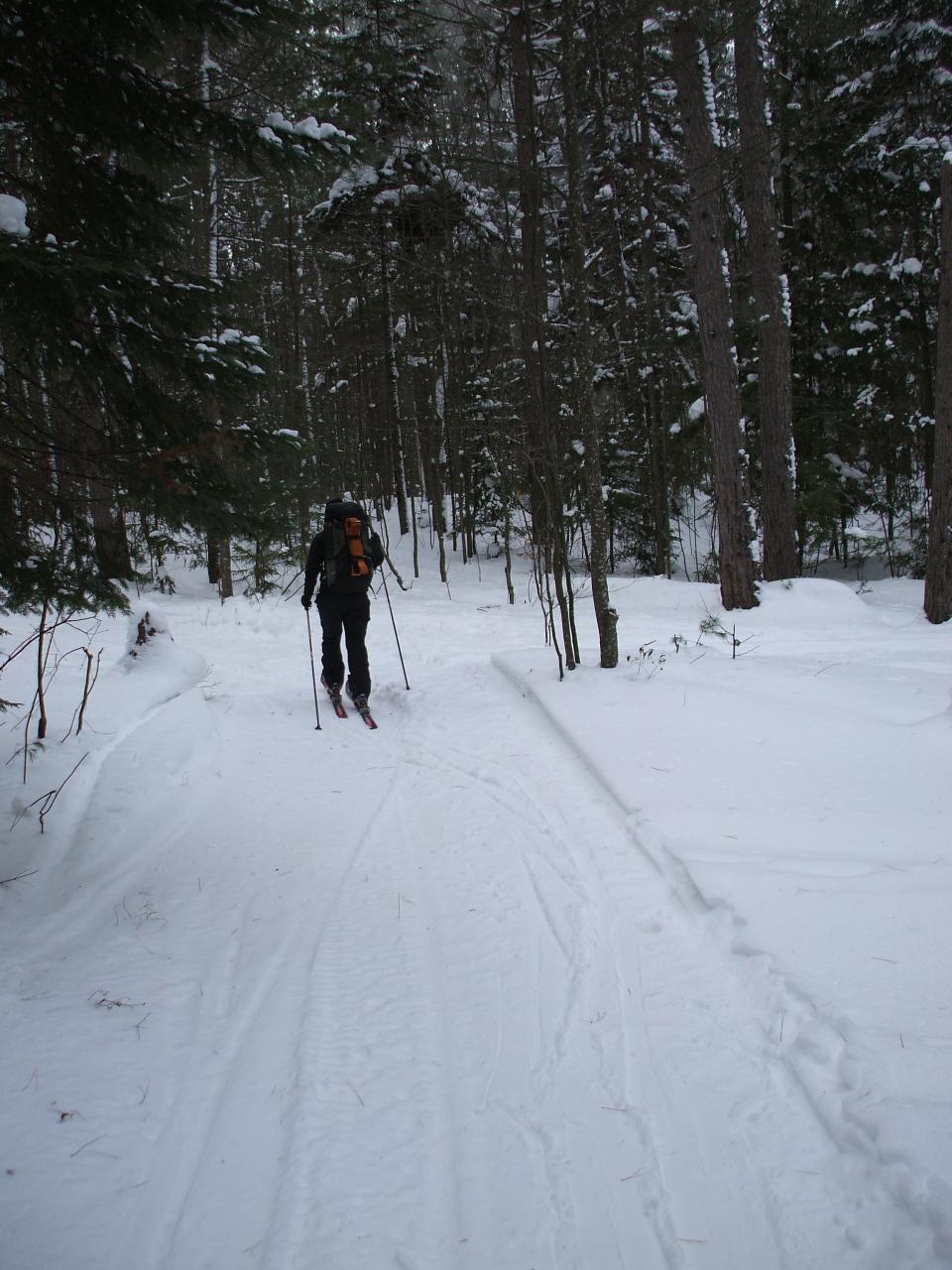
What kind of outerwear should I have?
Outerwear is actually quite similar to that for snowshoeing and other winter activities. The key is to stay warm and dry. Wool is an excellent source of warmth for base layers and mid layers – try merino wool, it is not scratchy and irritating like regular wool. Synthetic materials also work well but they tend to hold odors over extended uses and time. Both materials are warm and have fast drying attributes. For an outer layer consider a fleece and a waterproof breathable shell. The fleece will keep you warm and the shell dry. Of course cross-country skiing is a sport with high activity levels so wearing all the pieces mentioned is nearly impossible without overheating. But it's nice to have all the pieces to rotate what layers you do where. For example: if it's sunny and warm – you may only need a base layer and light mid layer; if it's cold you may need to add a fleece; maybe it's warm but the trees are full of snow, then you use the base layer with just the shell to stay dry. Do you see how layering can be important? With many layers you can mix and match what is necessary. With one heavy layer you will either be too hot or too cold.
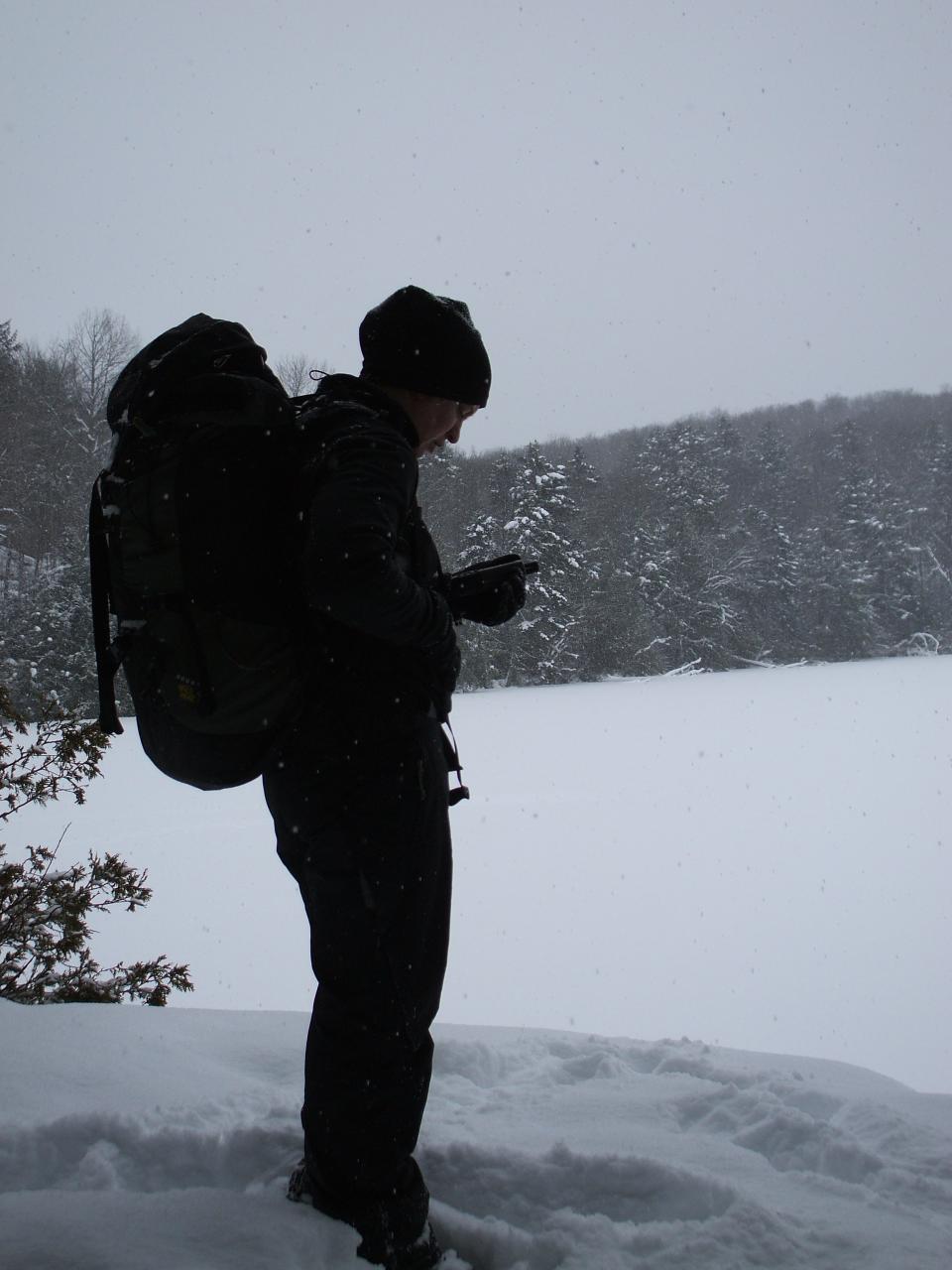
You head and hands usually only need a light layer, but it's always a good idea to have a heavier set of gloves just in case. Keep your feet warm with a nice toasty pair of wool socks. They don't need to be super heavy pair either, you will be moving constantly keeping those digits rather warm.
"COTTON KILLS," it's an old saying but sometimes true, especially in winter. Cotton holds moisture and then freezes leaving you vulnerable to cold weather injury.
Equipment rentals
Equipment is based on what you plan to do and how serious you are about taking on this new sport. It's always a good idea to try before you buy. There are many outfitters in the Hamilton County Region that offer cross-country ski rentals, including Nordic ski resorts and cross-country ski centers. Rentals are generally pretty reasonable and will give you a good feel for the equipment so you can buy accurately. Some places will even use the rental fee you just spent toward the purchase of a ski package at their facility. Be sure you are measured up correctly for boot size, pole length, and ski length and style. You want this experience to be a good one and a memorable one that will just build from the moment you purchase your first setup.
How do I choose equipment?
Equipment setup can be a bit of a chore but a good cross-country ski retailer will know how to go about this. You need to decide if you want to do more back-country or front-country (resort) skiing.
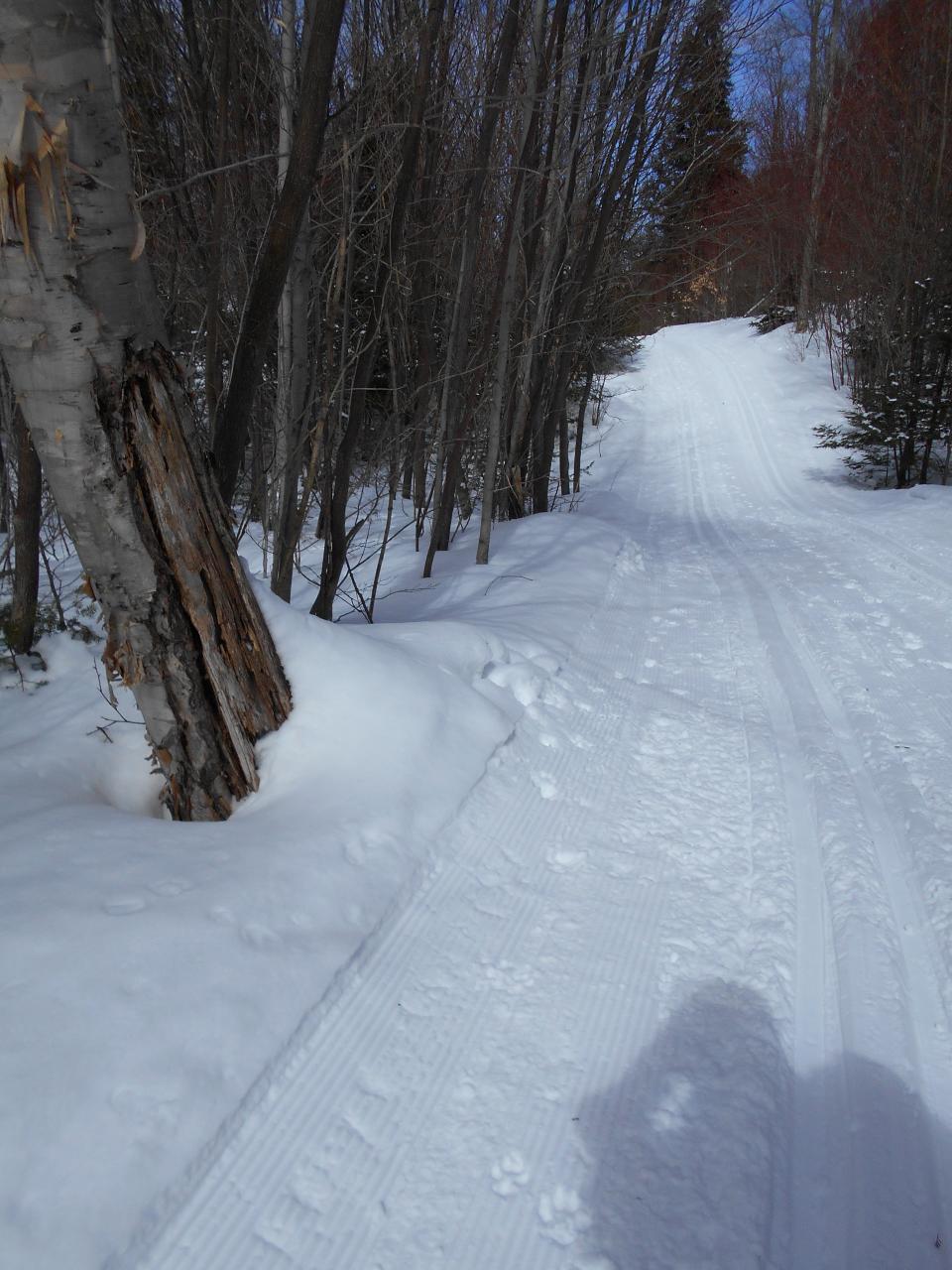
Ski boots: these should fit comfortably and not too tight. While many racers prefer a firm fit, for a first pair choose ones that are definitely comfortable and true to size. You don't want them to be loose this will cause a rubbing in areas like the heel that will shorten a trip rather quickly. The boots need to fit the ski binding that you have on the ski. The toe bail is different for back-county and touring skis. Back-country boots tend to give more support and are much stiffer than touring boots which give much more flexibility.
Poles: these should be measured to fit your height and use. Many choose a single piece pole for groomed and track skiing. These should be measured by standing tall - the pole should go from floor to a location between your armpits and chin. Many back-country skiers who ski trails and ungroomed surfaces prefer a three piece aluminum pole to adjust length based on terrain. These can be shortened for ascending and lengthened for descents. The Black Diamond Traverse pole is an excellent choice for this.
Ski type: this is all based on your use. If you want to ski tracks at a resort you will need a skinny ski, also known as a touring ski, that will fit in a track. These can also be used outside of a track on trails. These skis are generally longer, narrower and lighter than metal-edge skis. These characteristics make the skis faster and more efficient on groomed trails and in tracks.
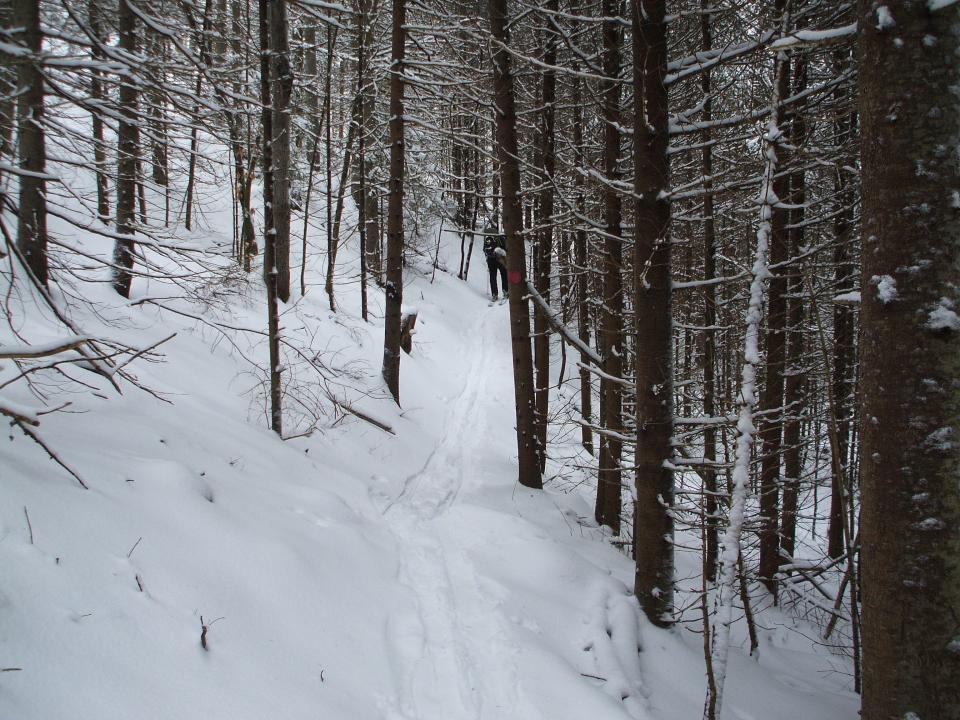
Back-country skis are typically shorter for easier turning capabilities and wider for more stability and floatation in deeper snow. They also have metal edges for better grip in icy conditions and improved turning ability. These skis also have a greater sidecut to enhance turning ability which is especially important on steeper slopes. All these features make them heavier but more suitable for out-of-track or trail skiing terrain.
The ski length is measured in centimeters, and in most cases by body weight, this will insure the proper use of the camber to help with kick and glide and floatation. Keep in mind that shorter skis are slower but easier to handle for recreational skiers or those skiing in rugged terrain. The longer the ski the faster it is, but it is also harder to maneuver on tight turns. If you land in between size ranges it is always best to go shorter - especially for your first set of skis where you are looking to gain experience and have fun on the trails.
The best "first ski package" should be good for both in and out of track touring. That way you can have the best of both worlds. Find a nice ski touring/back-country ski about 65 to 68mm wide with metal edges. The Fischer Spider or Silent Spider or OTX are great first skis for this. But keep in mind some cross-country touring centers do not allow metal-edge skis in their tracks (although most do).

Waxless skis are the most popular choice because they are convenient and provide grip in a variety of snow conditions. Their textured base pattern also known as "fish scales" digs into and grips the snow, though it reduces glide somewhat. Despite their name, waxless skis perform better with some glide wax applied to the tips and tails. Waxless is by far the best option for first time and new skiers, this removes the need to also learn the art of waxing or paying a retailer to do it for you.
Where should I go?
Choosing the perfect place can be tough. I would start with a resort or cross-country ski center like Tupper Lake Country Club or Lapland Lake Nordic Center in Northville. This way you can use groomed surface and a bit of track skiing without the fear of steep and narrow trails. As you improve and get more experience you could graduate, so to speak, to trail skiing. Start on mellow and flat trails that are slightly wider for easier turning. Consider the Big Brook Loop in Long Lake, Rock River Trail in Indian Lake, or flatter portions of the Northville/Lake Placid Trail. As you move up in experience you can then venture to a bit more challenging terrain where the trails are narrower and the grades are a bit steeper and rolling.
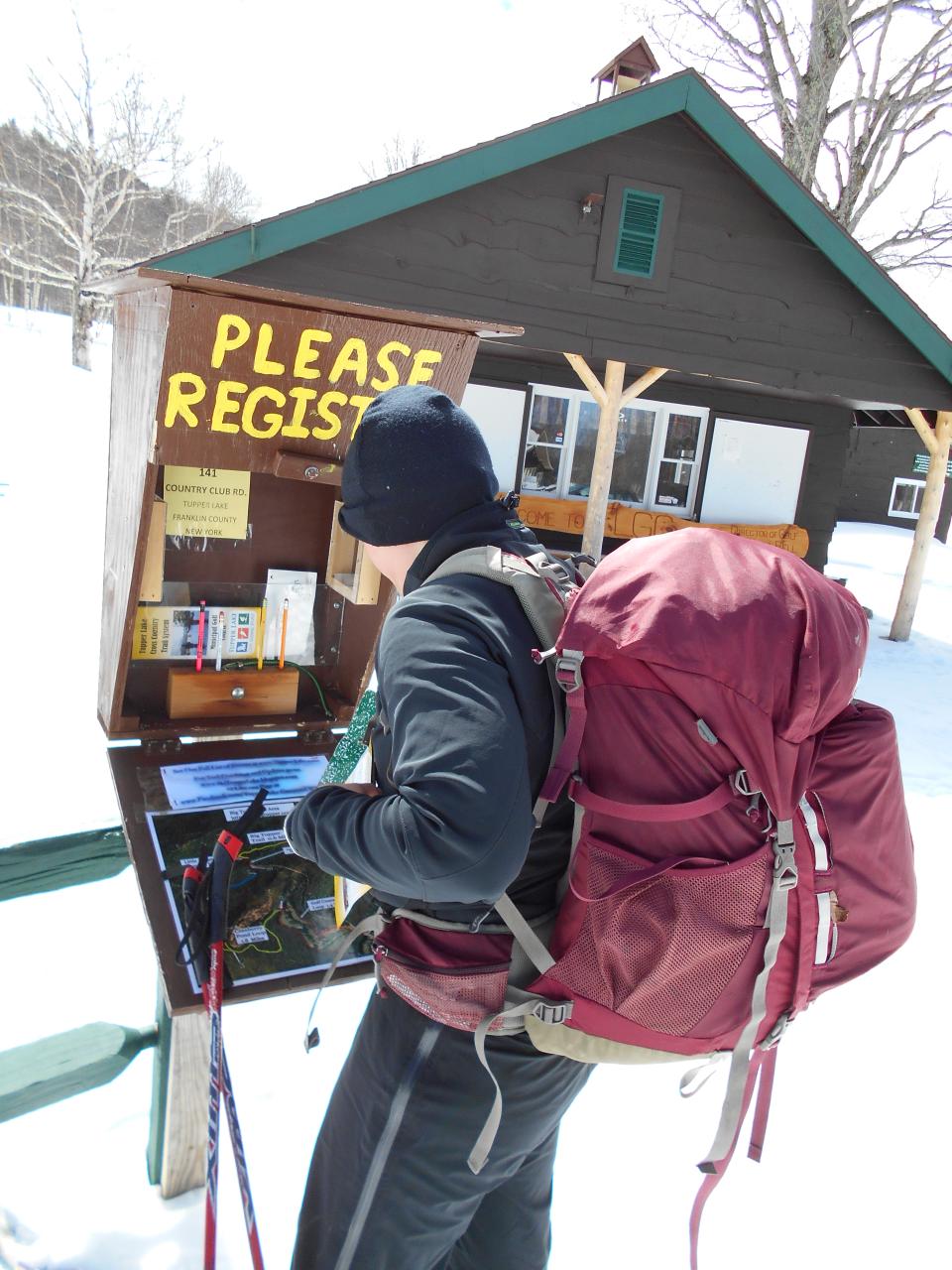
Taking a class
Of course there is always the option to take a beginner's course with one of our local guide services and see if this is something you truly want to do. Cross-country skiing isn't for everyone, but it is something everyone should try at some point in their life. Keep in mind this doesn't cover all the tiny details about your first cross-country ski experience or setup, for more information be sure to do your research and even stop into a local outdoor retailer for more information. Just remember to have fun, be safe, and take tons of pictures.

